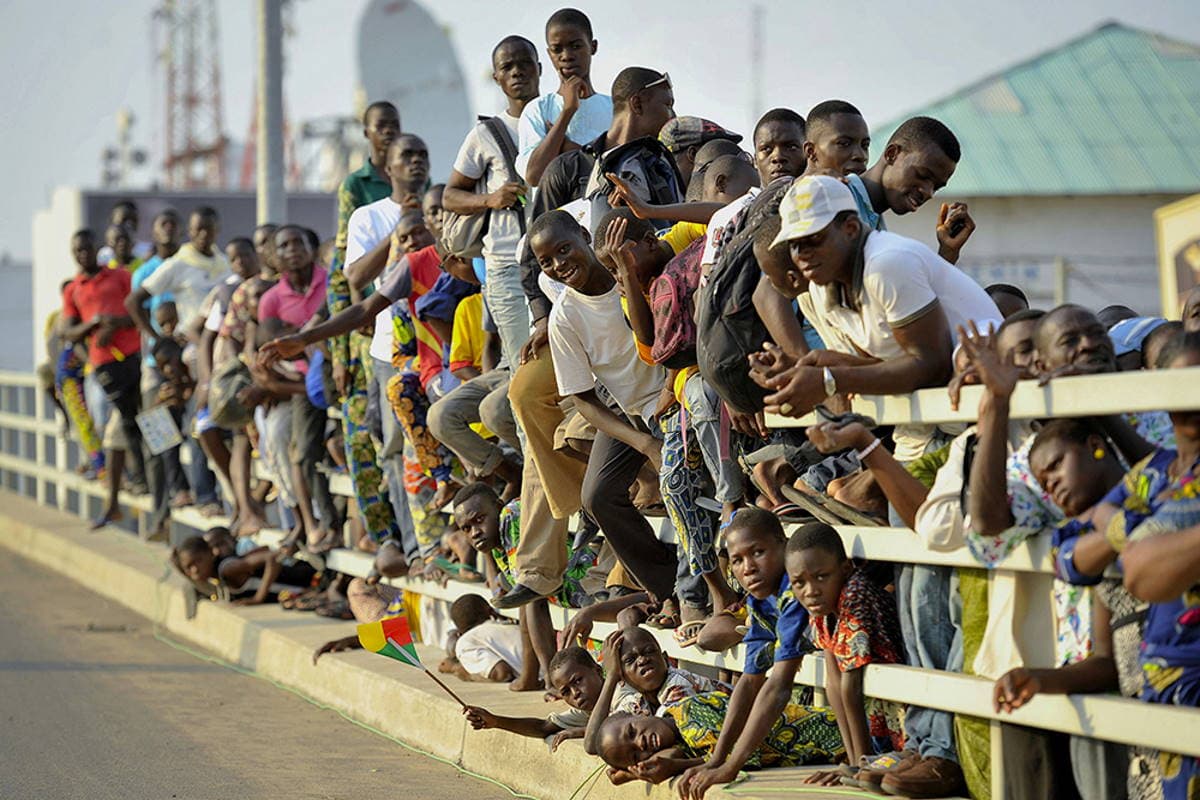We're loading the full news article for you. This includes the article content, images, author information, and related articles.
At the heart of this transformation lies a generational awakening that appears increasingly divorced from the country’s established opposition parties—and driven instead by leaderless, decentralized youth movements operating on social media

Byline: Nairobi, Kenya –
In the wake of nationwide anti-government protests that have gripped Kenya since July, a quiet but profound political shift is unfolding. At the heart of this transformation lies a generational awakening that appears increasingly divorced from the country’s established opposition parties—and driven instead by leaderless, decentralized youth movements operating on social media, in the streets, and beyond conventional political channels.
From viral hashtags like #OccupyParliament, #RejectFinanceBill, and #SabaSaba2025, to spontaneous mass mobilizations and digital town halls, Kenya’s youth are signaling a new political ethos: one that is bottom-up, anti-elitist, and deeply skeptical of the traditional political order, including the opposition figures they once revered. Amid this momentum, questions are being asked—do Kenya’s legacy opposition parties still matter?
Kenya’s post-independence political history has been shaped by formidable opposition parties and personalities—from Jaramogi Oginga Odinga and Kenneth Matiba to Raila Odinga and Martha Karua. Movements such as the Forum for the Restoration of Democracy (FORD) and later the Orange Democratic Movement (ODM) galvanized resistance to authoritarianism, and brought multiparty democracy and constitutional reform.
But in 2025, that era feels increasingly remote. ODM, Wiper, and KANU are no longer viewed as insurgent forces but as legacy institutions grappling with internal stagnation, aging leadership, and unclear ideological direction. Their national relevance has waned as younger Kenyans, now the majority demographic, grow disillusioned with what they see as transactional politics and revolving-door coalitions.
“The traditional opposition parties are out of sync with the current political mood,” says Dr. Angela Mumo, a political sociologist at the University of Nairobi. “They were built for a different time, and their structures do not resonate with a generation that communicates through memes, not manifestos.”
This year’s protests—sparked by tax hikes and economic discontent but sustained by widespread frustration with state unresponsiveness—have been spearheaded not by political heavyweights but by anonymous organizers, activists, creatives, and students. TikTok, X (formerly Twitter), and Telegram channels have replaced party branch meetings, with protest strategies and donation drives coordinated in real time by decentralized networks.
The protest slogans are telling: “We Are Our Own Liberators.” “No More Saviours.” “Youth, Not Yokes.” This is not merely anti-government sentiment—it is anti-politics-as-usual.
“We’re not interested in being courted by the same opposition leaders who show up every election cycle, cut deals, and disappear,” says 26-year-old activist Brian Kamau, who helped organize the July demonstrations in Nakuru. “We are building a new form of civic power, and it’s not about seats—it’s about accountability.”
Despite the momentum of these movements, established opposition leaders have not been entirely absent. Raila Odinga, for example, voiced support for the protests and condemned police brutality. But his statements have been met with lukewarm responses from youth leaders who view him as part of the old guard that has failed to deliver transformative change, despite decades of opposition politics.
Similarly, Wiper leader Kalonzo Musyoka has maintained visibility in coalition dialogues, but he remains a figure tied to elite negotiation rather than grassroots mobilization
“The traditional opposition seems reactive, not proactive,” says constitutional lawyer Harun Ndubi. “They’re not shaping the narrative; they’re chasing it.”
This reality is undercutting their capacity to capitalize on national discontent. Their structures—centralized leadership, patronage networks, and electoral cycles—are poorly adapted to a political culture that prizes agility, transparency, and authenticity.
Yet, the growing irrelevance of formal opposition parties also raises important questions. Leaderless movements, while inspiring, face structural vulnerabilities: the absence of clear platforms, legal protections, or political vehicles for converting momentum into policy. Without representation in Parliament or legal recourse, there is a risk that youth demands will be deflected or co-opted by the very elites they seek to challenge.
“Spontaneous movements are powerful, but power must be institutionalized to be sustainable,” warns Dr. David Ndii, an economist and presidential advisor. “Kenya still runs on a party-based system. Without strategic engagement, these movements may be reduced to moments.”
Indeed, some youth-led initiatives are beginning to confront the paradox: how to reject traditional politics while also demanding political change. There are growing calls for civic education, policy training, and the development of alternative parties or platforms that can channel mass energy into legislative reforms without being captured by older elites.
Kenya’s political future is not yet settled, but it is shifting. Established opposition parties remain part of the landscape—but no longer its vanguard. The center of gravity has moved, and it now rests in the streets, online spaces, and uncharted arenas where a new generation is redefining citizenship, resistance, and power.
For traditional opposition figures, the challenge is existential: adapt to this new moment or fade into irrelevance. For Kenya’s democracy, the test will be whether it can accommodate a politics that is no longer built around personalities—but principles.
In this emerging era, the loudest voices are not those from Parliament podiums, but from placards, playlists, and protest chants echoing through a restless, rising generation.
Keep the conversation in one place—threads here stay linked to the story and in the forums.
Other hot threads
E-sports and Gaming Community in Kenya
Active 7 months ago
Popular Recreational Activities Across Counties
Active 7 months ago
The Role of Technology in Modern Agriculture (AgriTech)
Active 7 months ago
Investing in Youth Sports Development Programs
Active 7 months ago